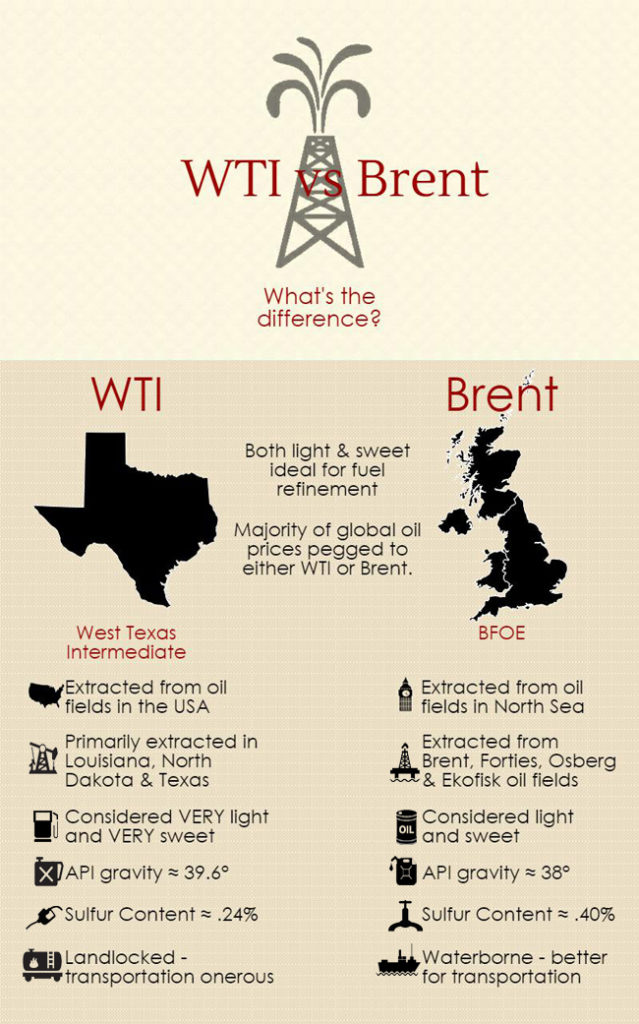Oil trading
An agreement was entered into on how the various tanker cargoes from Statfjord were to be apportioned between the licensees in order to ensure that they got their correct share of oil output. The biggest licensee, Statoil, received the first cargo, while the next went to Conoco as the second largest. A sequence then followed which meant that each partner secured its entitlement over a certain period. That included the UK share, which involved a separate set of licensees.

More about economy
close
Close

 oljehandel,
oljehandel,